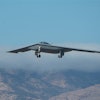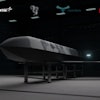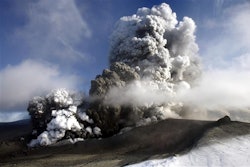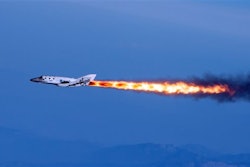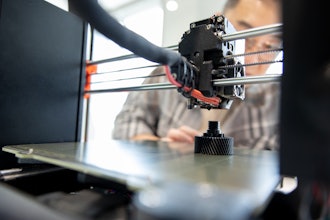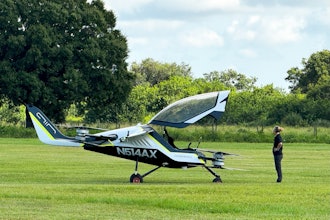EVERETT, Wash. (AP) -- Inside a sealed building in Boeing's Everett widebody-jet assembly plant, two robotic machines glide along tracks on either side of a 106-foot 777 wing laid flat, their heads reaching out like animatronic dinosaurs nibbling at the giant wing.
These new robot-painting machines can wash, apply solvent to remove dirt, rinse and then spray two different paint types. They reach even into complex spaces inside the open wing root that must be painted for corrosion protection.
Manually, it takes a team of painters 4.5 hours to do the first coat. The robots do it in 24 minutes with perfect quality. Boeing began using the machine in February. By midsummer, all 777 wings will be painted this way.
This is the latest pride and joy of Jason Clark, the energetic director of 777 manufacturing, who on Wednesday showed off to journalists the latest in automation at Boeing.
In an encouraging tidbit for local Boeing watchers, who are eager for confirmation that the forthcoming new 777X model will be assembled in Everett, Clark noted that the sparkling new wing-painting facility is "designed to take the length of the 777X wing."
Clark also stressed that "no layoffs occurred because of the implementation of this technology."
Half the 777 wing-painting team has been redeployed to other roles, such as programming the machines, painting the airline liveries on the fuselage or working on the sophisticated paint job needed for the 787-9 tails, which have a special smooth aerodynamic finish, Clark said.
Elizabeth Lund, head of the 777 jet program, said the old way of painting manually had been one barrier to increasing the production rate. The painting robot, part of Boeing's lean-manufacturing push, has been key to increasing the rate to 100 jets per year since that meant an extra 32 wings to be painted compared to the previous rate of seven jets per month.
"When lean works properly, and this is a perfect example, you increase capacity and you don't lay people off," Lund said.
The painting robots join two other automation machines on the 777 line.
An automated drilling machine makes the holes in the floor grid, customized for each airline customer's configuration, three to four times faster than doing it manually, Clark said.
Another automated drilling machine, called Flex Track and supplied by Electroimpact of Mukilteo, crawls on circular tracks around the circumference of the fuselage, drilling the holes for the major joins.
Clark said the auto industry is the inspiration. He and some of his team visited the BMW factory in Munich last fall and were wowed by the new factory with hundreds of different automated systems all working together and just a few workers tending the robots.
An aircraft factory likely will never achieve that level of 95 percent automation. "We're 90 percent manual," Clark said. But as Boeing raises its production rates to unprecedented heights and at the same time chases ever-increasing efficiency, more automation is the direction it wants to take.

